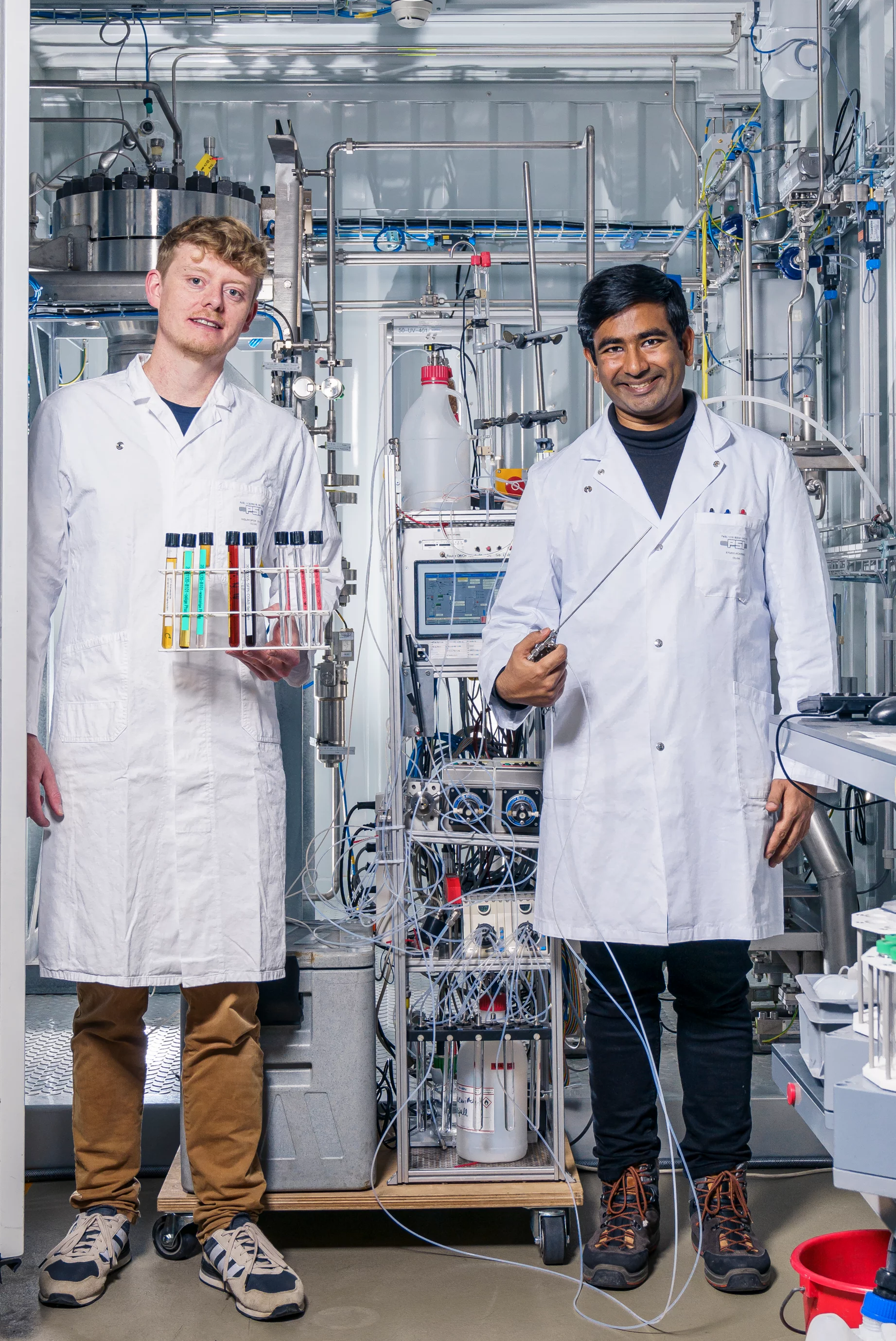Siloxanes, present in everyday items, can compromise the efficiency and durability of bioenergy systems, even at trace levels. Monitoring and quantifying these impurities are critical for improving biogas quality and expanding its role in renewable energy. However, sampling biogas and storing samples containing siloxanes for analysis remain a significant challenge.
Initial Situation
Siloxanes are commonly found in biogas and biomethane due to the decomposition of organic materials containing silicone-based products, including those widely used in personal care items such as creams, lotions, shampoos, and soaps. When biogas is used as a fuel, siloxanes can combust to form silica particles, leading to equipment wear and efficiency losses. Advanced and highly efficient electricity generation systems like Solid Oxide Fuel Cells (SOFCs) are severely damaged when siloxanes are present, even at small quantities. To avoid this, the accurate measurement of siloxane concentrations is crucial to ensure the quality and performance of biogas and biomethane.
Overview & Novelty
This study pioneers the application of a liquid quench sampling method combined with gas chromatography and inductively coupled plasma mass spectrometry. The method not only ensures effective siloxane capture and preconcentration but also facilitates long-term sample storage, enabling small and medium-scale biogas plants to access advanced process analytics. This advancement directly addresses critical challenges in siloxane quantification, contributing to more efficient and sustainable biogas production.
Ensuring high-quality biogas production enhances its reliability and sustainability, aligning with global efforts to achieve Net Zero Emissions by 2050. While biogas’s long-term role as a transition renewable energy vector remains uncertain, this research strengthens its potential by addressing key challenges in process optimization and environmental impact.
Relevance for Society
Improving biogas quality reduces reliance on fossil fuels, minimizes environmental impacts, and supports a smoother transition to renewable energy sources. Methane’s continued importance in applications requiring premium gas standards highlights the value of advancements in biogas diagnostics and monitoring.
Read more about this great advancement in the Bioresource Technology Journal: https://www.sciencedirect.com/science/article/pii/S0960852425004298


